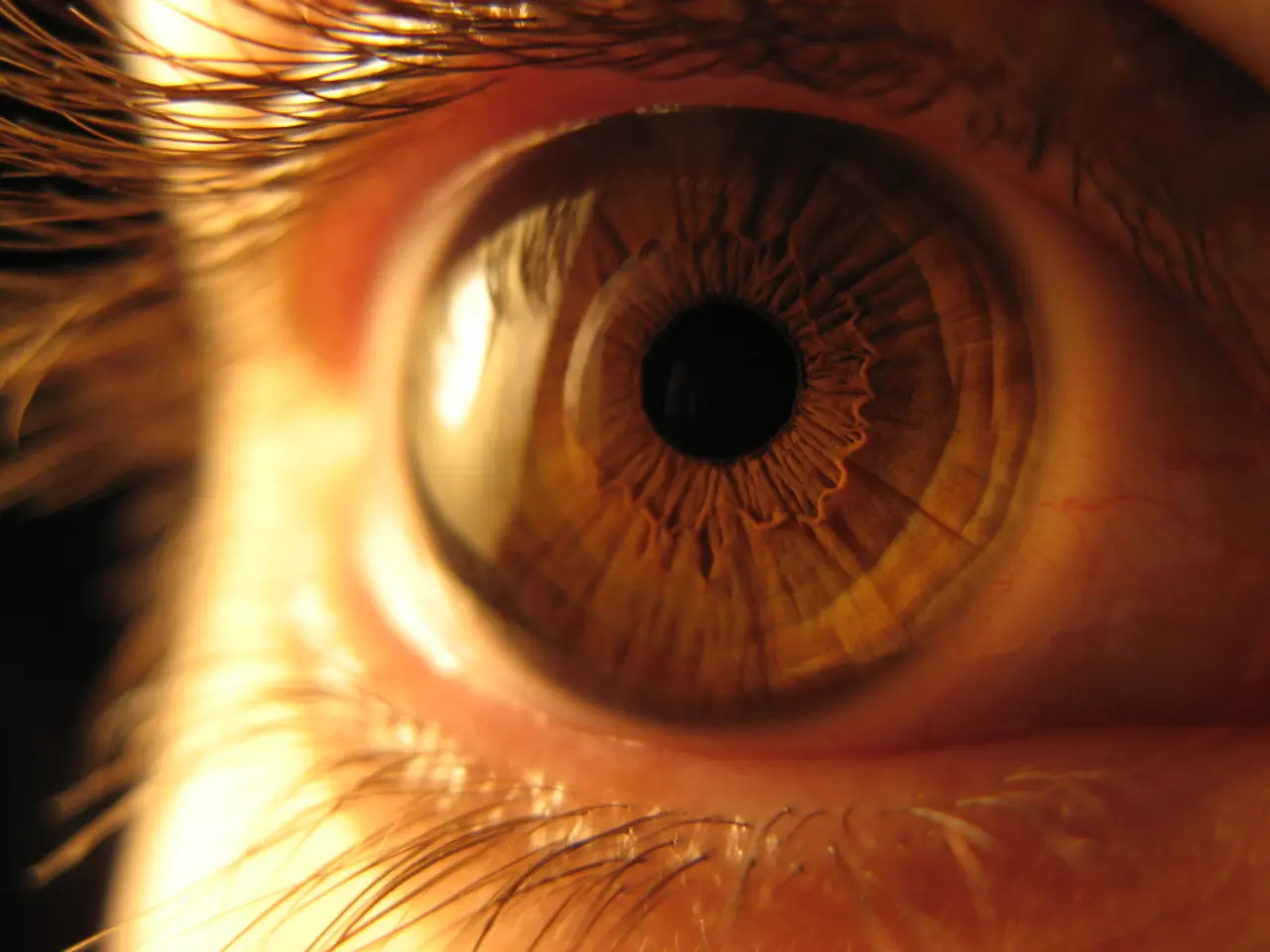Workouts for Lax Eyelids: Understanding Their Purpose and Effectiveness
In the realm of health and wellness, facial exercises and face yoga have gained popularity as non-surgical methods for improving the appearance of the face. One common claim is that these exercises can help lift upper eyelids and reduce under-eye hollows, but is there any truth to this assertion?
The Role of Facial Exercises in Eyelid Drooping
While facial exercises may tone the muscles around the eyes, there is limited scientific evidence supporting their effectiveness in improving droopy eyelids, specifically a condition known as blepharoptosis. Most research focuses on energy-based modalities like radiofrequency and electrical stimulation to enhance overall facial muscle tone and skin laxity.
Examples of exercises that can be tried include the wide eyes exercise, brow lifter exercise, rapid lids exercise, and diagonal stretch exercise. However, these exercises have not been proven to specifically address blepharoptosis, which involves eyelid muscle dysfunction or skin excess.
Medical Management of Ptosis
Medical management of ptosis, or droopy eyelids, often involves surgery, such as blepharoplasty or ptosis correction. For ptosis caused by neurological conditions like Bell’s palsy, physical therapy including facial exercises and massage may support recovery, but this is different from age-related droopy eyelids.
Non-Exercise Treatments for Eyelid Drooping
For those seeking non-surgical options, treatments like radiofrequency, ultrasound, injectable fillers, and combination therapies targeting both skin and muscle have demonstrated measurable improvements in skin firmness and facial volume. These treatments, however, are distinct from pure exercise regimens.
Consulting a Specialist
Given the lack of strong scientific evidence supporting the effectiveness of facial exercises for improving blepharoptosis, consulting a specialist for treatments backed by clinical evidence, such as radiofrequency, fillers, or surgical ptosis repair, is advisable.
When to Seek Medical Attention
If vision is restricted, the appearance of droopy eyelids is causing distress, or eyelids begin to droop relatively suddenly, it is important to talk with a doctor about the condition. In infants, droopy eyelids can lead to lazy eye (amblyopia) and should receive medical attention if they tilt their head back to see better, run into things hanging overhead, or seem to have poor peripheral vision.
In conclusion, while facial exercises and face yoga are widely promoted online for upper eyelid lifting, there is no strong scientific evidence from controlled clinical studies validating their effectiveness for improving blepharoptosis. Established treatments rely mainly on surgery or energy-based muscular and skin treatments, with physical therapy playing a supportive role mostly in neurological ptosis recovery rather than cosmetic eyelid drooping. Therefore, consulting a specialist for treatments backed by clinical evidence is advisable.
- Despite the claims, facial exercises have limited scientific evidence supporting their effectiveness in improving droopy eyelids, a condition known as plepharoptosis.
- The wide eyes exercise, brow lifter exercise, rapid lids exercise, and diagonal stretch exercise are examples of exercises often used, but they have not been proven to specifically address plepharoptosis.
- medical management of Plepharoptosis typically involves surgery like blepharoplasty or ptosis correction, but physical therapy including facial exercises and massage might support recovery in cases of Bell’s Palsy.
- Non-surgical options including radiofrequency, ultrasound, injectable fillers, and combination therapies targeting both skin and muscle have proven to provide measurable improvements in skin firmness and facial volume.
- In cases where vision is obstructed, eyelid drooping causes depression, or eyelids start drooping abruptly, it's important to consult a doctor for medical attention.
- Given the lack of strong evidence supporting the effectiveness of facial exercises for improving blepharoptosis, it's advisable to consult a specialist for treatments backed by clinical evidence, such as radiofrequency, fillers, or surgical ptosis repair, for the management of eyelid drooping.




